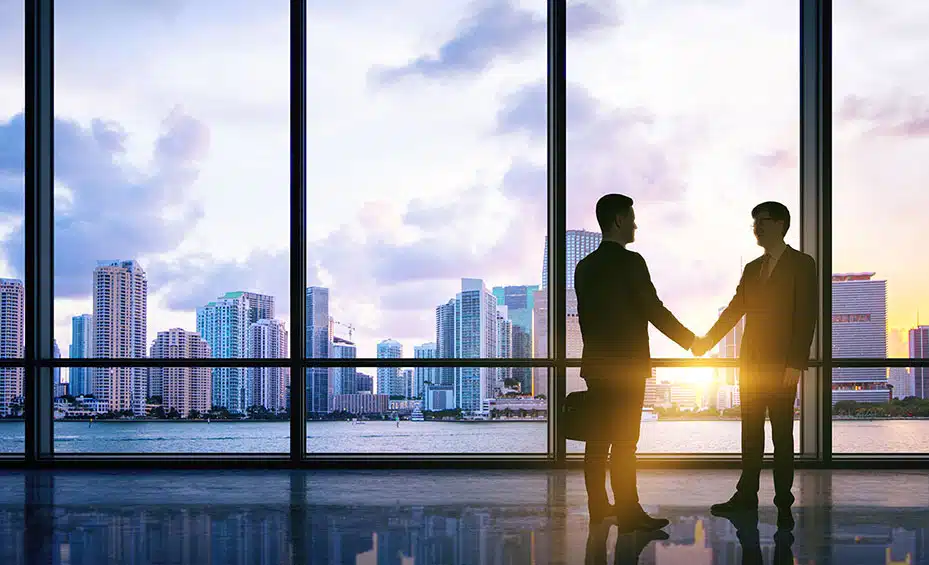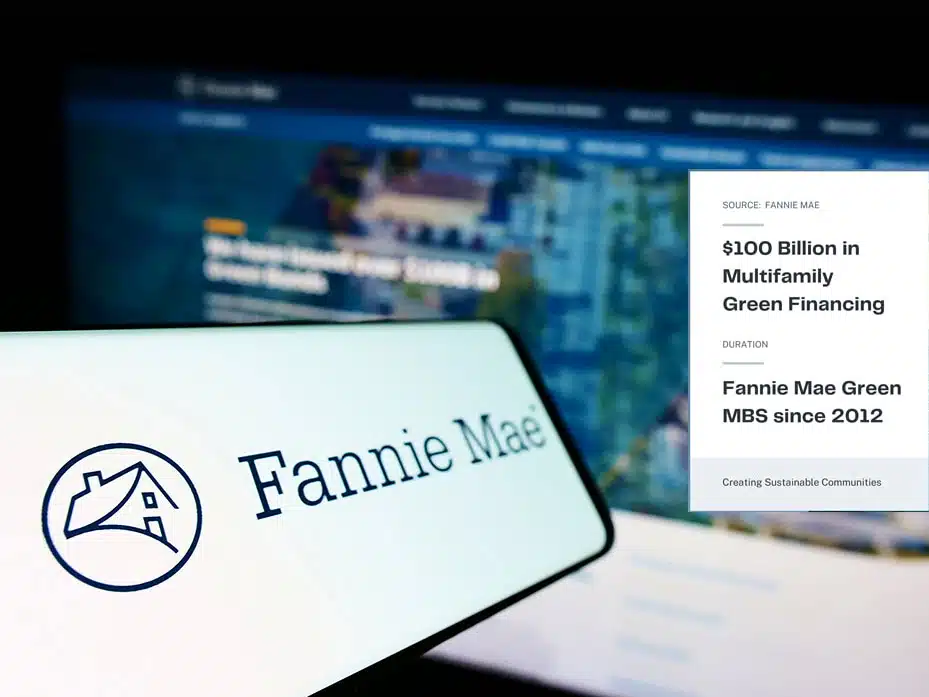Fannie Mae Tops $112 Billion in Green Loans
Fannie Mae has reached an amazing milestone in its efforts to promote environmental sustainability. In 2023, the total amount of Green Bonds and Mortgage Backed securities (MBS) for multifamily properties topped $112 billion.
What began as a pilot program by Fannie Mae back in 2010, has blossomed into an entirely new industry for multifamily properties. Fannie Mae pioneered the concept of Green Financing over a decade ago. Green Loans are now available from Fannie Mae, Freddie Mac, and a variety of other agencies.


